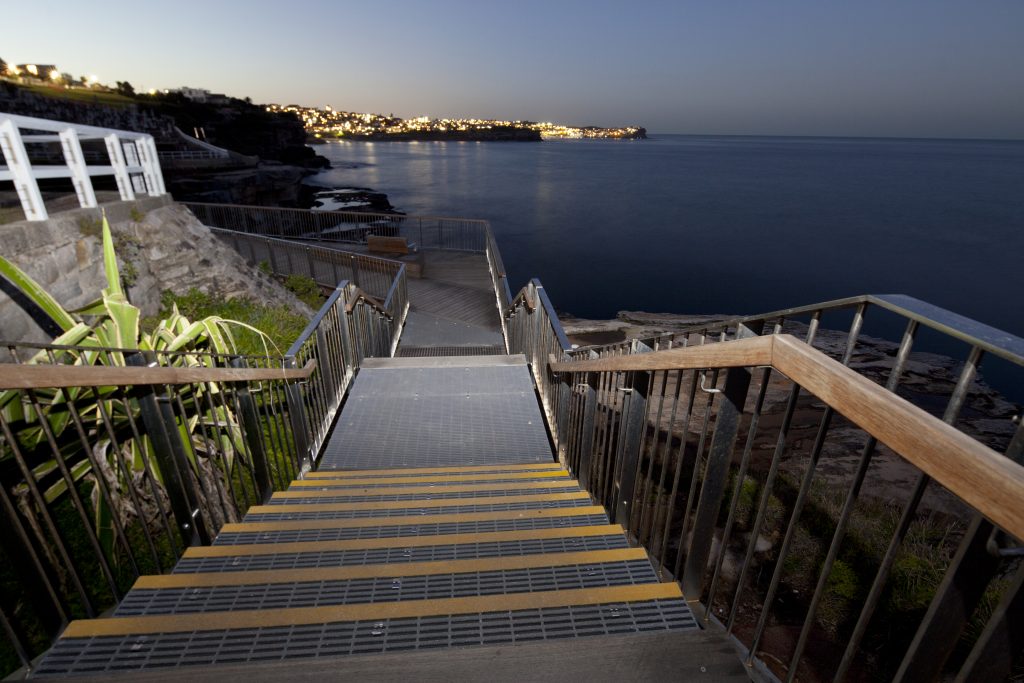Fibreglass reinforced plastic gratings, known as FRP, are used in various industrial and public space applications because they are durable, safe, and comfortable with excellent anti-slip properties.
What Is FRP Grating?
Fibreglass reinforced plastic (FRP) gratings are a type of superior walkway system predominantly used in industrial or public space applications, such as floorings, platforms, and stairways. They reduce the risk of falling or slipping by providing adequate friction and a comfortable walking surface.
FRP is a composite material that’s manufactured by combining fibreglass with resin. It is fibreglass which gives FRP gratings its extraordinary strength and specific properties in the resin provide excellent corrosive properties.
Why Use FRP Gratings?
Some of the major benefits of FRP gratings are:
- Highly durable and strong
- Low maintenance
- High corrosion resistance
- Slip resistance
- Lightweight
- Long service life
- Electrically non-conductive
- Non-magnetic
- Non-sparking
- Fire resistant
- Easy to install
Types of FRP
There are different types of FRP gratings based on the application and manufacturing process. Most FRP Grating is made with a moulded process which involves interweaving fibreglass and liquid resin in large moulds. Moulded FRPs are typically a mesh of horizontal and vertical fibreglass and resin rovings. The bidirectional strength of moulded FRP means they don’t need additional reinforcement for cut-outs in the case of pipeworks. They are also available in a variety of standard sizes and colours that fits a variety of applications.
At Weldlok, we use isophthalic polyester resin in most of our FRP because of its good chemical and flame resistance properties. Some other resins available are vinyl ester and phenolic. Our moulded FRP gratings are available in various colours ranging from yellow, green, and grey with a standard slip-resistance coated surface, such as serrated edge flat bar and quartz grit. Other resins such as Vinyl ester or Phenolic are available on request.
Where Are FRP Gratings Used?
FRP grating provides an alternative to steel which offers supreme chemical and physical properties. FRP grating is inherently light weight, much lighter than steel, yet it provides a high strength-to-weight ratio. The manufacturing process for FRP means it requires less maintenance metals. Some of the main application areas are:
- Sites with Flammable Materials: FRP gratings are non-sparking, meaning they do not induce sparks. Hence, they are safe to use around flammable materials.
- Ship and Off-Shore Rig Plants: FRPs are tough and durable and can withstand any weather condition. Moreover, they are convenient and easy to transport.
- Oil and Gas Industry: FRPs can handle high temperatures and has excellent non-conductive and non-corrosive features.
- Chemical Plants: FRPs are safe to use in harsh environments because of their non-corrosive properties.
- Electrically Hazardous Environment: FRPs are non-conductive. They reduce the risk of injuries from electric shock or fire hazards in power plants.
- Complex Construction Sites: FRPs are easy to transport, flexible and easy to store and install, making them ideal for complex construction sites.
- Food Industries: FRPs are durable, corrosion resistant and easy to maintain and hence are safe to use in food and barge industries.
- Water Treatment Plants: FRPs do not require regular maintenance as they do not rust or rot, making them ideal for water treatment plants.
FRP gratings are also used as bridges, drain covers, commercial walkways, ramps, gully covers, pool decks, jetties, track crossings and machinery housing applications.
Reach out to the team at Weldlok for any queries on FRP gratings or to get a quote.

